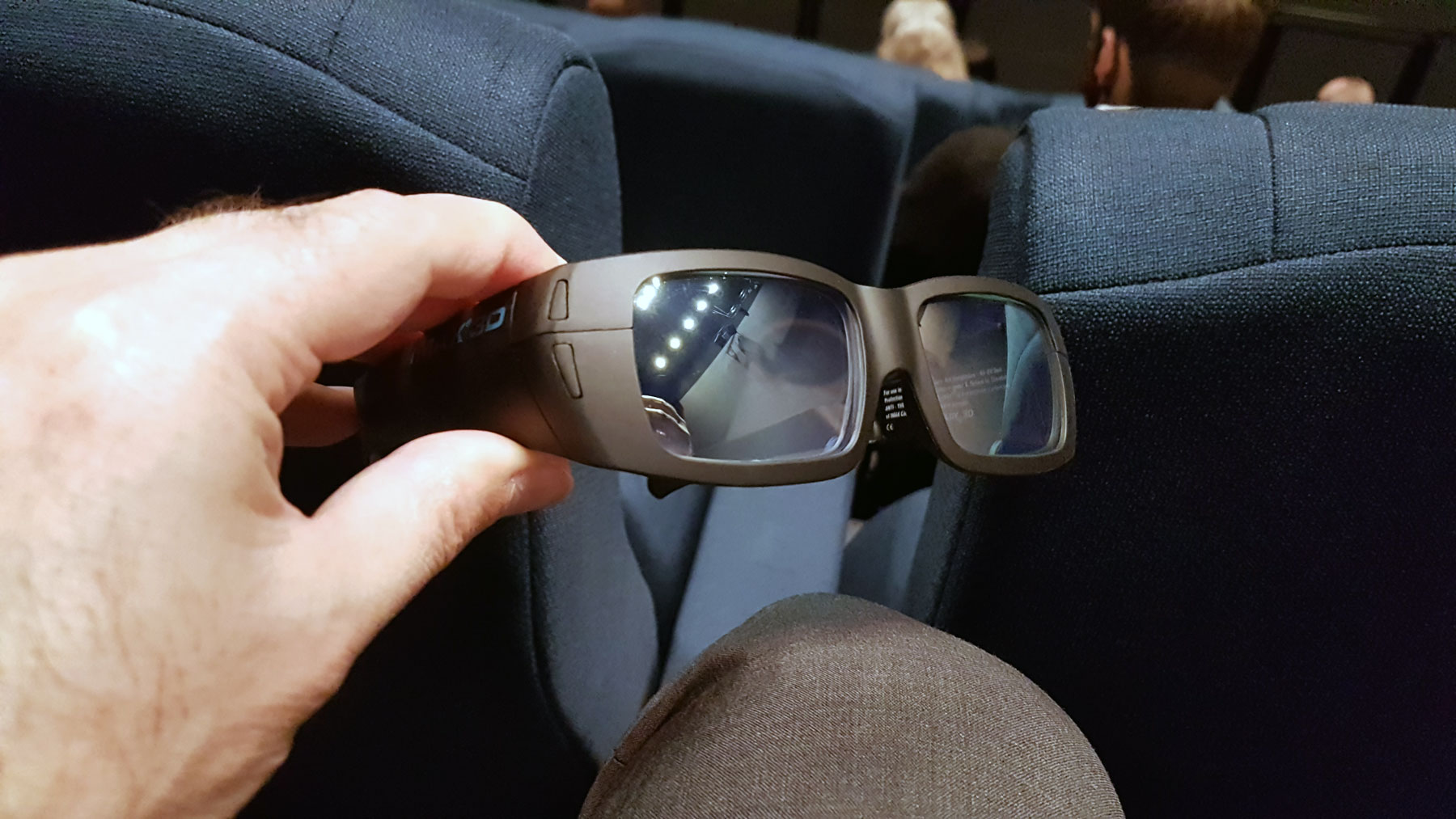Some 20 years after the Science Museum opened its IMAX cinema, they’ve revamped it with the newest in projector technology.
Due to coincidence, the cinema closed for refurbishment as the pandemic struck, so while it now has a new projector, they also revamped the front-of-house as well. The seats are new, with recycled fabrics and the 3D glasses last longer with more washes.
One of the old projectors and the old seats were donated to community cinema groups.
I’ve found it peculiar that a museum has a cinema inside it. Yes, a large room with lots of seats doubles up as a lecture hall, and yes, they show science films here, but a cinema, in a museum?
Felt odd.
That’s because I didn’t check my history — and it turns out that IMAX has traditionally been a cinema system used for documentaries, for showing in museums.
It was only at the turn of the Millenium that conventional movies started to appear in IMAX format, and it’s really only been in the past 5 years that commercial movies have really taken off in IMAX.
So, an IMAX cinema in a museum makes a lot of sense, as most of the films are for museum audiences, and in recent years the museums have been able to top-up their income with commercial film screenings as well. Which will be ideal for museums in a post-pandemic financial recovery mode.
Following the upgrade to add a laser projector to their cinema, the Science Museum is now one of only a handful of cinemas worldwide able to show both 70mm film and laser projection film. Even though it takes about three hours for them to switch projectors that gives them a lot more flexibility in what to show on the screen.
Apart from sounding cool, a laser project lets them pump out a brighter picture, which is useful when wearing 3D glasses. There’s also a much sharper picture, deeper contrasts, and a much broader colour range.
Where this improved colour range shows off then is in the documentaries — which is appropriate, as it was David Attenborough who chose to use documentaries to promote colour TV in the UK – on BBC2.
So, they’re launching the revamped cinema with a screening of BBC’s Antarctica, in 3D.
As a viewer, I am generally not a huge fan of 3D movies that aim to show off the 3D effect by leaping out at you.
However, 3D done well adds enormous depth to the screen taking away that invisible wall between viewer and film, and with BBC’s Antarctica 3D, it’s astounding. From being under the ice with the cameraman and a seal swimming around to wide landscapes over South Georgia island, to seeing jellyfish floating in the air in a level of detail that adds layers of beauty to the natural world you never thought possible.
I did candidly look away at one moment, more in worry that they would get carried away with the 3D effect, so I’m not sure if penguin poop does land on your lap.
The film is a revamped version of the BBC’s Life in the Freezer, and with Benedict Cumberbatch doing the voiceover. It’s a version that’s more lighthearted than the more serious David Attenborough version, but probably more appropriate for the cinema audience they expect – families with children here for the 3D effects.
In an era where candidly, the home is starting to rival the cinema for movie watching experience, with larger screens and better home sound systems — and the ability to pause the film to use the loo — cinemas will need to offer something totally different to survive.
Huge 3D screens showing documentaries that look flat and insipid by comparison on a TV restores the wow factor that the cinema used to offer.
With the Science Museum being entry by pre-booked ticket only at the moment, the same applies to the IMAX cinema – details here.










Even 2D made-for-IMAX films have a certain depth to them that standard 35-to-70mm transfers don’t. I grew up in Toronto, home to the first permanent IMAX, and we went to the Cinesphere for the docs many times as schoolchildren. So to me, the entertainment films are a new thing and they do all look a bit flat compared to the docs.
My mum’s boyfriend used to work for IMAX, so I got treated to previews of new ideas/tech on occasion. Their first stab at entertainment was still a documentary, but a concert one with the Rolling Stones. I’m not a Stones fan, but it was awesome at the time. The first generation 3D goggles were utter rubbish, as well.